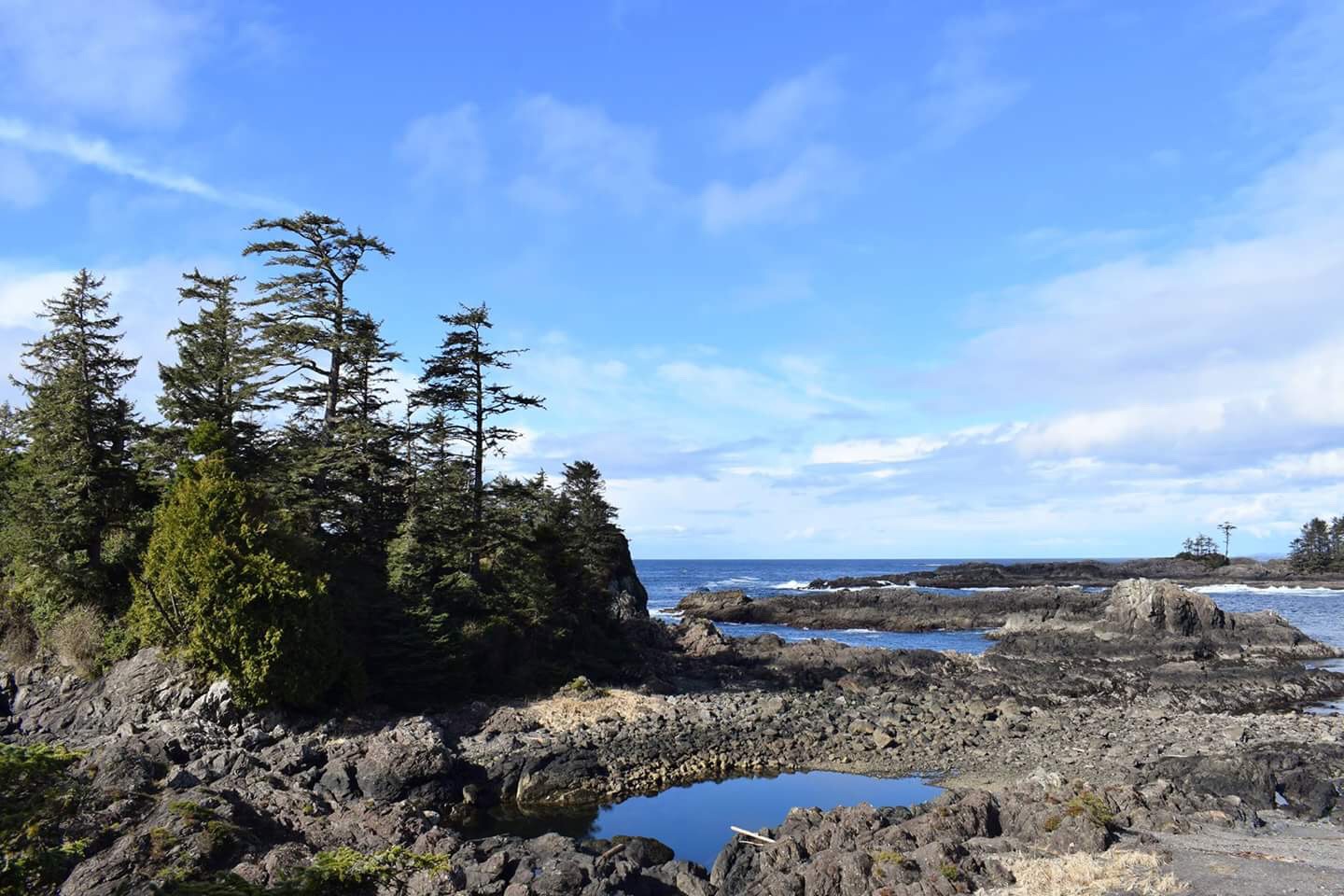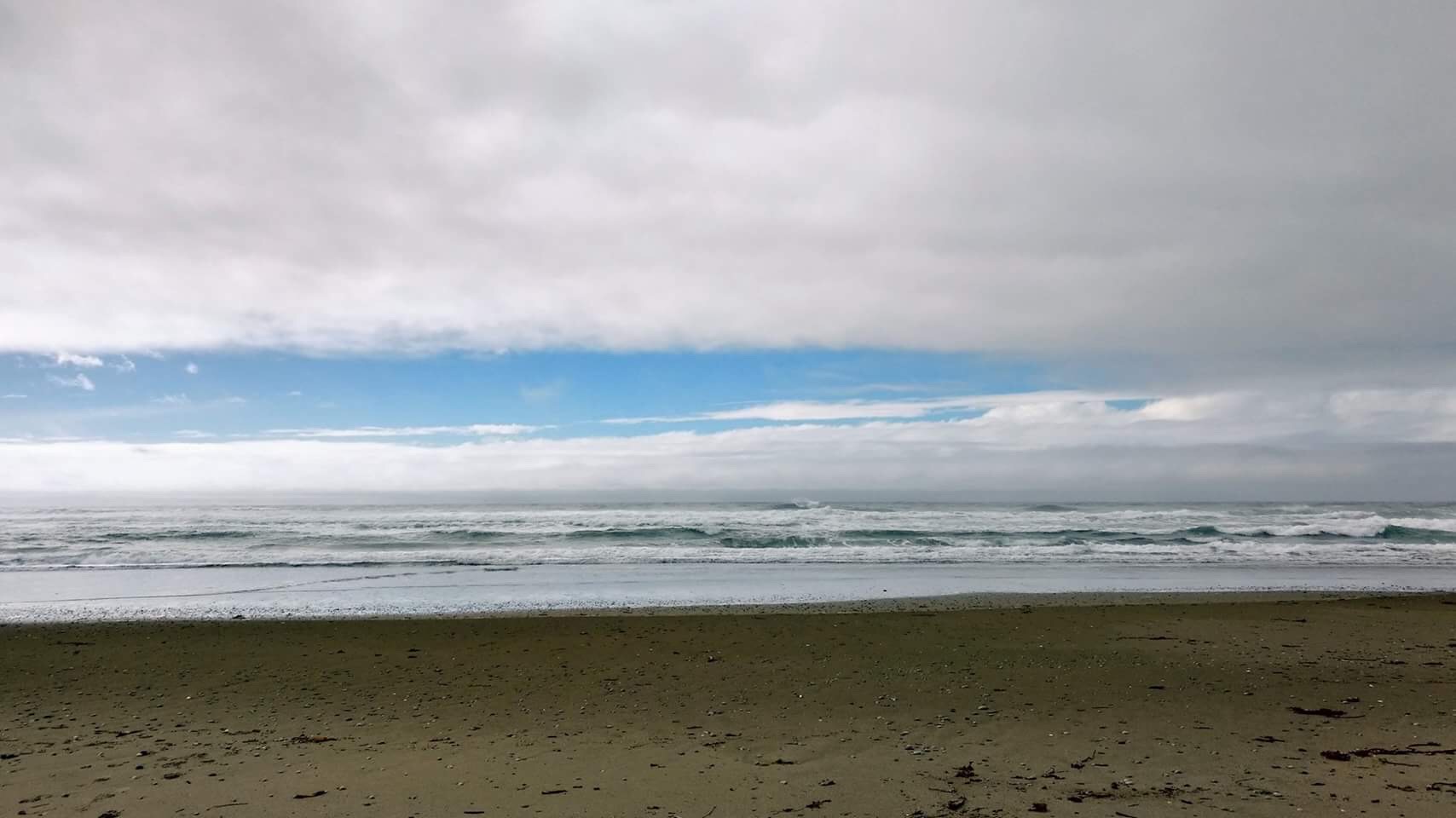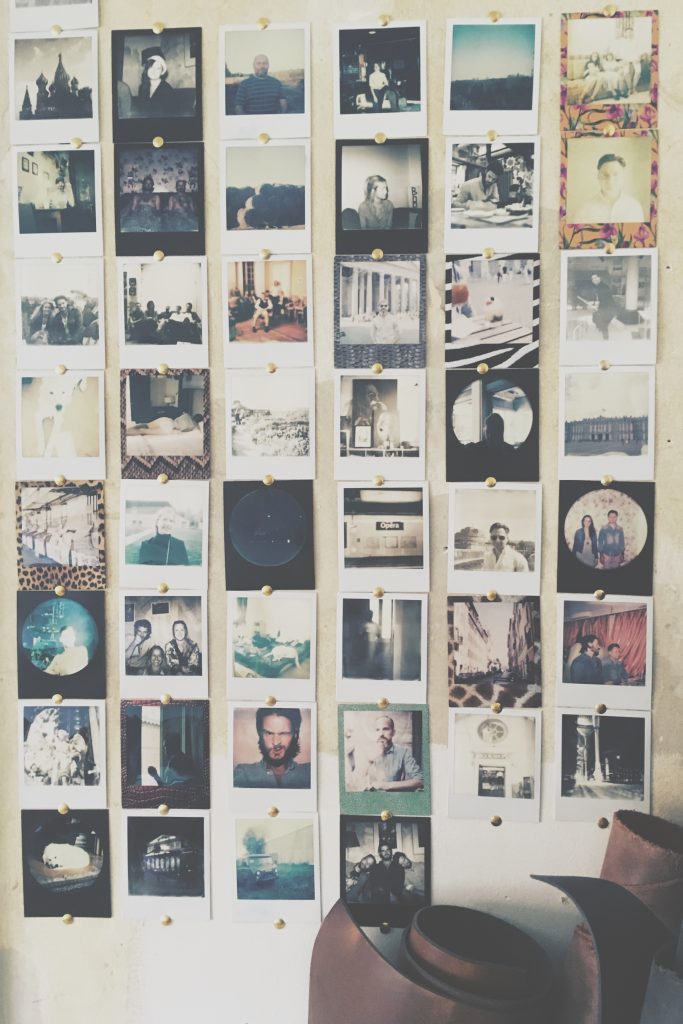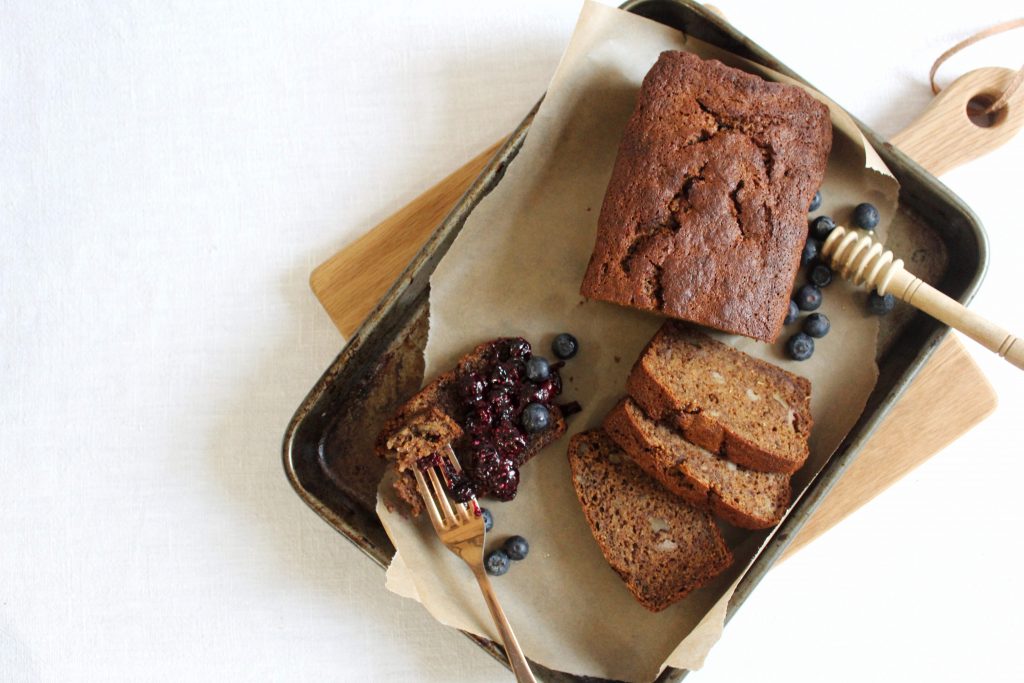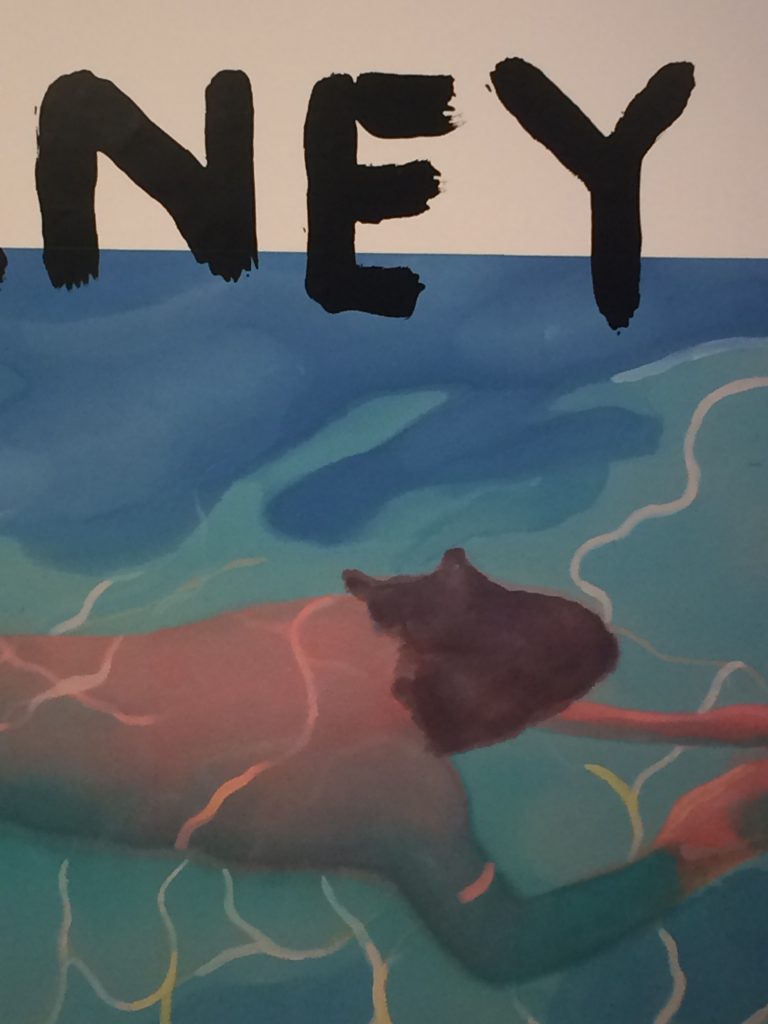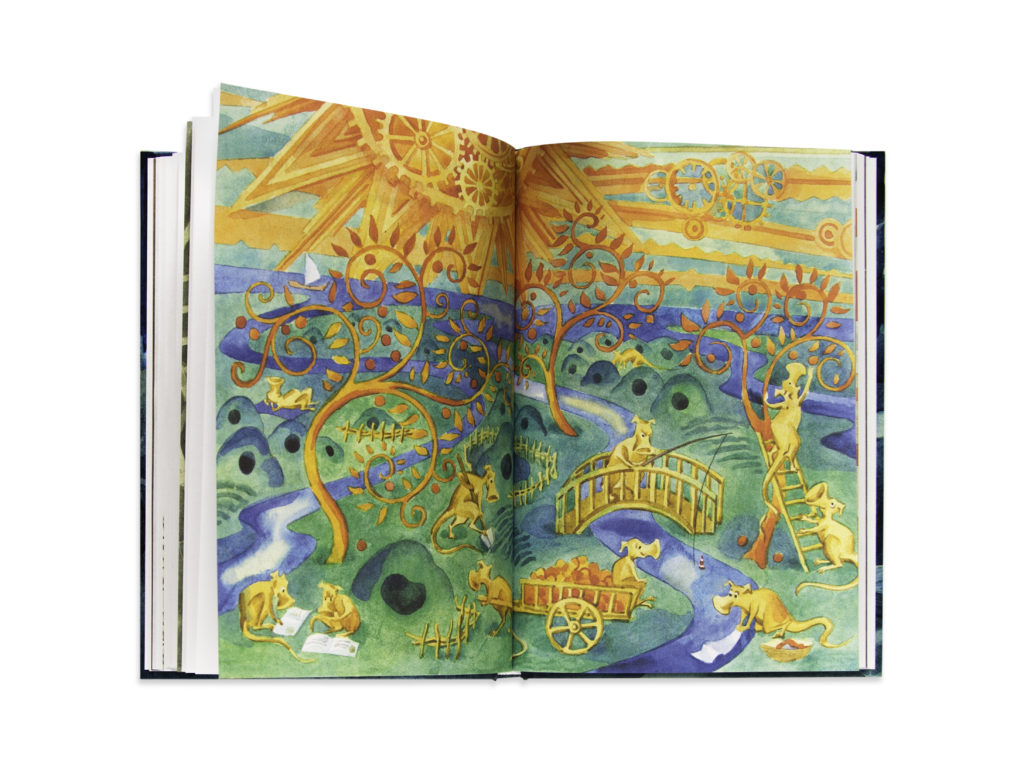The initial sensation with Vancouver Island is one of vastness – an hour’s sail west from Vancouver, it is a landmass larger than Belgium – and of elusiveness. Elusion in that it feels as though there is so much hidden from you. After hiring a car we drove directly west from one of the ports, on the single road that bisects the island laterally. Along that road you are confronted with dark curtains of forest – midway across there is an ancient thicket of giant Douglas Firs, called Cathedral Grove, yet somehow that name feels wrong. A cathedral is a controlled, planned structure – yet also open, presenting God for worship, but this place is darker, shielding and hiding mysteries – bears, cougars and wolves.
We reached Ucluelet, a small town on the far west coast of the island, in the centre of the territories of the Nuu-chah-nulth peoples. It lies on the southern tip of a peninsula, twenty five or so kilometres from the better known resort of Tofino. The town was misty on our arrival, veiled in thick wafts of cloud which would scrub over and across the headland in a matter of minutes. Weather changes here in an instant, from snow to bright yellow sun and back. And this has a habit of theatrically revealing and shrouding the scenery around you. Across the inlet of sea appears Mount Ozzard, its dipped peak topped with a spherical white ball – apparently a coastguard communications station guiding ships away from the vicious Pacific coastline. Then, as quickly as it had appeared, the mountain disappears again, gone behind the creamy white fog, thick as a milkshake. This all amounts to a curious sense of isolation, of being away from the world. Indeed, the area is known as the edge of the world – there is no further west you can go from here: directly across the wide ocean is Japan. The sandy beaches, the rocky coves and sheer cliffs – these are the end of the west.
Things disappear here, then reappear unexpectedly, mysteriously. On Big Beach (the beaches here seem to have been named by someone of a remarkably literal mind – there is Big Beach, Little Beach and Long Beach) lies a shipwreck buried in the sand, with just iron bolts and warped wood peeking out. No-one is sure where it came from, or even when it was first noticed – there is a vague report from the 19th century but little else. It lies there, a ghost with a forgotten past.
And yet, whilst being unsettling, things hidings and appearing bring people to the area. We arrived just a week before the annual Pacific Rim Whale Festival. A celebration of the great migrations of grey whales which sail past the island every year around the Ides of March. Thousands of whales migrate from the warm lagoons of Mexico, where they breed and give birth, up to the Arctic to feed on crustaceans on the sea bed. Given enough time, patience and luck, you can see them out to seas they roll by. You stand on the sand and squint out into the distance – out to the horizon, where grey sky meets grey sea. Greyness upon greyness, it all seems to blend into one – if you squint hard enough anything will appear. It takes a while, but erupting out of the sea will be a tower of spray – the whale’s spout. It is about to surface. And then, for the minutest of glimpses the whale will emerge, tipping itself up, out, then back into the water – the slightest glance of something hidden. Sometimes, you will think you have seen a spout but cannot be sure, it’s just a wave, a rock, a bird or is it falling spray? What is sighted, what is real, becomes uncertain.
Whales have been revered wherever they appear, from Vietnam to South Korea to Norse legends. And they are revered because they carry mystery – they appear, disappear again. A life cycle that was unseen so unknown. The First Nations around Ucluelet are no different. Whales were central to their culture – economically and spiritually. They hunted the whales, not just the greys but humpbacks too. The hunts had a ceremonial aspect – crews would spend weeks in isolation beforehand – bathing, cleansing and abstaining from sex. After harpooning the creature a member of the hunting party would have to dive in, below the water’s surface, to sew up the whale’s mouth – preventing the dead whale from sinking to the bottom of the ocean. Then followed a great feast – value was placed on the ability to recover what is unseen from the depths of the ocean. Every part of the rescued carcass was used: the bones, the blubber, the meat, the oil.
When something hidden is revealed it is valued. So it is when exploring the Island. It’s a place of caves, secret lakes and mountaintops. There is magic to somewhere that has secrets and wilderness.
